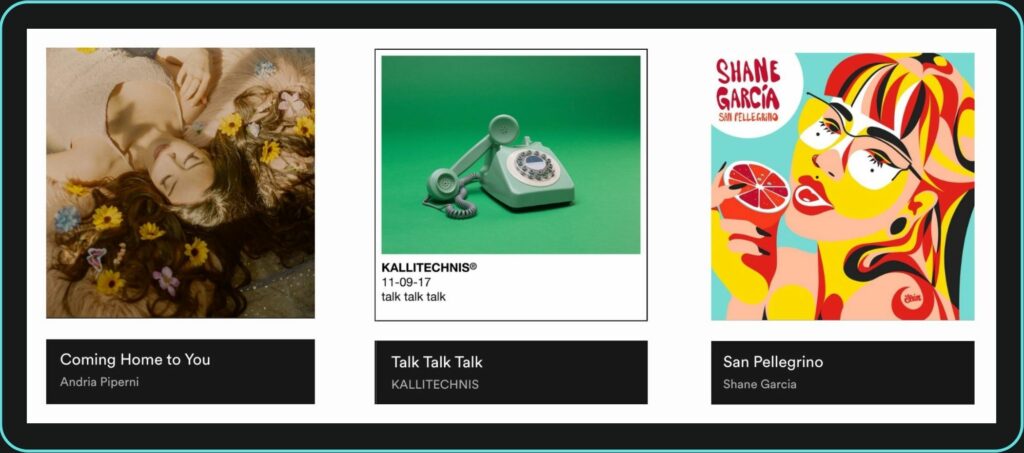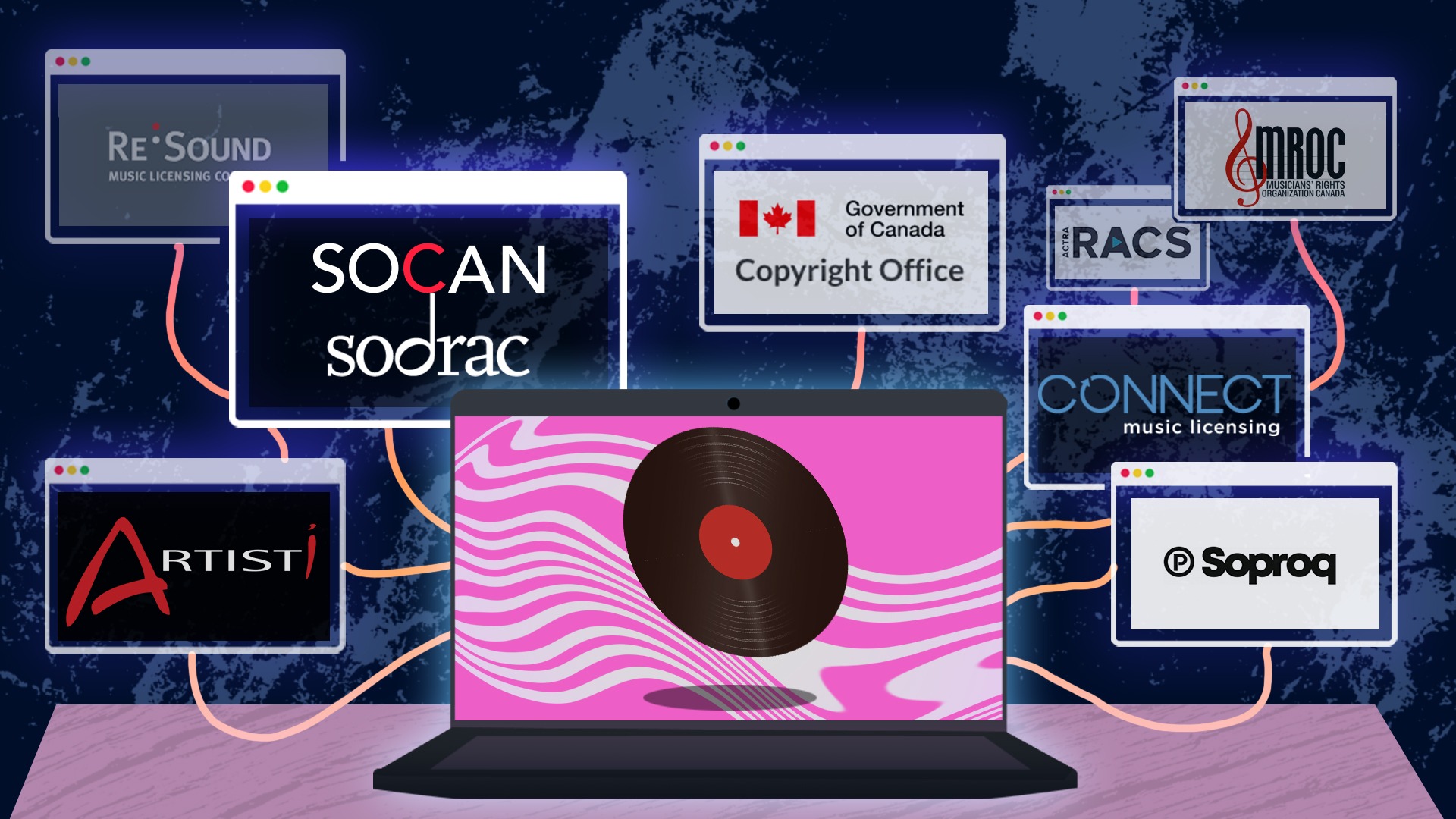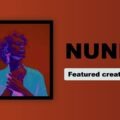There was a time not so long ago when you had to be signed to a label to release music into the world. In today’s digital landscape, however, virtually anyone can release music – record deal or not. As long as you have the means to record music (and ideally have it mixed and mastered as well), releasing it can be done with as little as a computer and a small budget.
That being said, as an aspiring or independent artist, it can seem incredibly overwhelming and intimidating to tackle this task on your own. There are quite a few fundamental things that you could (and should) do in preparation for a release that don’t require a team or large investment; some planning, organization, and creativity can take you a long way.
Read on to learn how to set yourself up for success with our pre-release checklist:
Register With Rights Organizations
Not only is registering your musical works important for legal protection, but it is also how you get paid! These organizations collect and distribute the royalties that you earn as a songwriter and/or artist. The sheer number of different royalty streams in the music industry can be confusing and often even leads to rights owners losing out on their earnings simply because their work is not registered everywhere it should be.
We will be diving into the topic of rights and royalties more thoroughly in an upcoming article, but for now, here is a brief overview to get you started:
If you are (one of) the songwriter(s):
- You must register with SOCAN, Canada’s PRO (Performing Rights Organization).
- PROs collect performance royalties every time your song is performed or played in public, i.e. radio, concert venues, TV, in-store, etc.
- You’ll need to become a member (it’s free) and create an account so that you can register your works.
- If you are performing, we suggest uploading all your set lists to your SOCAN portal because it helps them collect those royalties for you.
- You must also sign up with SOCAN RR to collect your reproduction royalties.
- These royalties are earned for streams, sales, downloads, copies, etc.
- Once you complete and submit the form, these royalties will automatically be collected for every song you register on SOCAN.
- In Canada, your work is technically legally copyrighted as soon as you have evidence of creation, but the best proof of copyright ownership is obtained by registering your work with the Copyright Office.
If you are (one of) the artist(s)/master owner(s)*:
*Independent artists are usually the owners of their master recordings, meaning the original sound recording legally belongs to them. If you are signed to a label, then the label is likely the master owner or part master owner.
- You must register with Re:Sound to collect performance royalties as a master owner.
- Once you sign up, you must then upload all new works on your Re:Sound portal.
- You must also register with SOPROQ (Québec) or CONNECT (Ontario) to collect reproduction royalties as a master owner.
- Once you sign up, you must register your works using your portal.
- If you are a featured or non-featured artist, you must register with ARTISTI (Québec) or MROC or ACTRA RACS.
- Featured artists include: main solo or duet artist(s), or all members of a band.
- Non-featured artists include: musicians or producers with whom you’ve agreed to split performance royalties with (Note: this doesn’t apply to PAID session musicians!).
Finally, you will also collect sound recording royalties (for streams, sales, downloads, etc.) from your distributor, which we will discuss shortly.

Choose a Distributor
In order to actually get your music onto streaming platforms and other digital retailers (i.e. Spotify, Apple Music, Amazon, Google Play, etc.), you will need the help of a distribution company. You may have heard of some of the bigger ones like Believe or The Orchard, however they only work with artists through labels. Then there are some that independent artists can apply for, such as AWAL or STEM. Fortunately, there are also many digital distributors that don’t require an application or a label, but nevertheless offer a variety of services and features at different price points. These are available to everyone and are typically quite affordable, but the tradeoff is that they don’t offer an accessible team dedicated to your project.
Check out this comprehensive distributor comparison chart on Ari’s Take: https://aristake.com/digital-distribution-comparison/
Choose a Release Date
Every distributor has a different lead time that they require for a release. Meaning, if they require you to submit your song to them 3 weeks before the release date, you’ll need to consider that deadline when you’re planning out your timeline. Consider how much time you will need to do everything in this list and choose a release date based on that, rather than choosing a date at random and then rushing to meet the deadline. From a distribution standpoint, it is always better to allow for extra time and be ahead of schedule than the other way around.
Prepare Key Assets
Below is a list of key items that will be used frequently before and after the release – most of which your distributor will typically need – so it’s a good idea to have them ready and organized early on.
- High-quality cover artwork
- Get creative here. You don’t necessarily need to spend a lot of money to create a great cover.

- High-quality press photos
- These will be used for promotional purposes – think press articles, social media posts, flyers, and so on.
- Updated biography
- It’s a good idea to have short and long versions of your bio prepared. Check out our article for some great tips on how to write your bio.
- Audio Files
- MP3 format (with metadata tagged, unless your distributor can do it for you, which is often the case)
- WAV format
- Instrumental versions and stems: It’s a good idea to request these from your producer so that you can have them on hand for the future (for example, to make a remix).
- Song Lyrics
- Credits List
- List the name and role of every person who took part in the creation and production of your song or album (i.e. producer, audio engineer, musicians, etc.)
- ISRC
- For every track you release, you will need an ISRC (International Standard Recording Code). It is a globally-recognized unique code that identifies a particular sound recording or music video recording. This is a vital piece of information not only for distribution purposes, but also for royalty collection.
- To learn more and apply for an ISRC as a Canadian, go to: https://connectmusic.ca/isrc/
- Note: Some distributors can supply an ISRC for you.
- Links
- Finally, it is helpful to create a list of links to all your important sites including your website, social profiles, streaming profiles, and more, which we cover below.
Create/Update Your Sites
For every release, you should be updating your sites with new visuals and new information: the album cover, your press photos, the release date, the pre-save link, your About page, your upcoming shows, new merch, and so on.
The visual branding should be consistent across all platforms and it should be very easy for people to find out when the release date is. Put it in all your online bios, with a smart link directing them to a pre-save page as well as to all your other sites.
Check out our Building an Online Presence article to learn more about what you need on your website and social channels, and our Online Tools Every Artist Should Know About article to learn how to utilize smart links and various streaming platform tools for artists.
Note: it’s also a good idea to create a profile and upload your music on SoundCloud, Bandcamp, as well as YouTube (even if you don’t have an “official” music video). You never know which platform your listeners will prefer, and many press outlets like to embed SoundCloud audio players into their articles.
Create & Schedule Promo Content
As you probably know, these days, video is the king of online content. Even if you don’t have the budget to produce a full-scale music video, there are many other ways to create video content that can be used online for short promotional posts (like on TikTok) or for YouTube in lieu of an actual music video. Some ideas include behind-the-scenes/making-of videos, lyric videos, visualizers, acoustic versions, or remix/duet versions.
Document every step of the creation process, from studio sessions to photo shoots to show rehearsals, and use that as online content to promote your release. Plan and schedule posts in your calendar ahead of time, so that you’re prepared with a continuous flow of content before and after the release.
Create/Update Your EPK
If you plan on pitching your release to the press, we recommend you create an electronic press kit (EPK). To learn how to build an EPK and tips for press outreach, check out How To Make Press Kit. If you choose to go the DIY route (as opposed to working with a PR agency), look into platforms like SubmitHub, which allows you to pitch to bloggers and playlist curators directly. Plus, many music sites have the emails of their EIC & writers on their website, or it’s pretty easy to look them up on Twitter.
Submit Lyrics
Submit your song lyrics to sites such as Genius.com and Musixmatch.com. Musixmatch also allows you to sync your lyrics to your track and distributes them to all the major digital streaming services and social networks such as Spotify, Apple Music, Instagram, Amazon Music, and Google.
Create Mailing List & Schedule Emails
Email marketing is one of the most powerful tools for artists to engage with fans and (eventually) convert them to patrons. Though planning and executing a full email campaign may be beyond your current skill set, it is still wise to start collecting emails as soon as possible so that when you are ready, you will have already captured that valuable data.
Many website builders offer a mailing list feature that allows you to place a signup form on your homepage, or you can use a third-party email service such as MailChimp or FanBridge to embed signup forms on your sites. If you want to take that next step and start sending out emails to your contact list to promote your release, you can find all kinds of tutorials online to learn how.
Additionally, Bandcamp also allows you to message every patron who’s ever bought your music/merch whenever you have new releases or annoucements!
Tip: A great way to capture fan emails is to offer something free or exclusive in exchange for their email. Think: free downloads, stickers, small merch, etc.
–Final Notes–
Of course, a comprehensive release plan includes marketing strategies and tactics such as paid ads, interactive initiatives, email campaigns, merch giveaways, and more – much of which can be done with a limited budget and innovative creativity – but the steps above are a great place to start and will help you establish a solid foundation and credibility as you introduce your art to the world.
Text written by Andria Piperni
lllustration by Yihong Guo





















